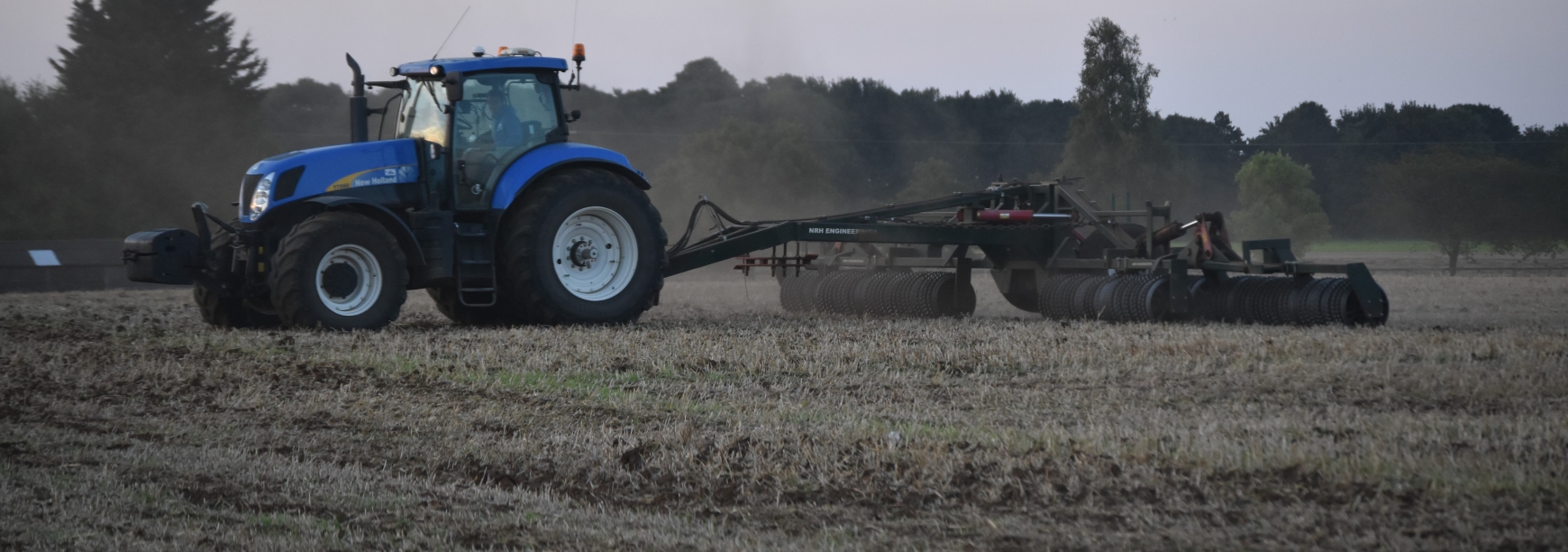As the climate change agenda gathers pace, many farmers and growers are thinking about how to assess their greenhouse gas emissions and how to begin to reduce or offset them.
The process of reducing emissions usually starts by calculating a carbon footprint. This is a measure of the total greenhouse gas (GHG) emissions caused directly and indirectly by a site or a business and is expressed as tonnes of carbon dioxide equivalent. The carbon footprint then acts as a benchmark against the effect of various changes and improvements in subsequent years.
As you’d expect, there’s a lot of number-crunching involved and many people’s first port of call is one of the online carbon footprint calculators. While this can be useful, it can also result in unanswered questions. What does the final figure mean? How does each of your inputs impact the result? And, most importantly, what do you actually need to do to improve the result?
The carbon footprint calculation itself is only one part of the process. An important part of the exercise is to interpret the data, explain why certain activities result in carbon emissions or sequestration and decide how best to introduce positive changes – because all farm businesses are different in the way they produce emissions and the opportunities available to them.
Top tips
- Consider your reasons for carrying out a carbon footprint and where you want to draw the boundary for the calculation – the whole company or farm, or a specific sector or process?
- Decide what you want or need to include in the calculation – just direct emissions or a more comprehensive calculation involving indirect emissions throughout the value chain?
- Assess what data you need for the calculation and how accurate your records are - the fewer estimates you use the better in order to achieve a meaningful result.
- Start sooner rather than later because the measures you introduce will take time to show results, especially changes in farming practice — whether you want to be ready for any potential new legislation, respond to increasing demands in your supply chain, or be a force for change and make a contribution to the UK and NFU’s net-zero ambitions.
How are emissions classified?
The most widely used method used to account for emissions in carbon footprint calculations is the Greenhouse Gas Protocol. This splits emissions into three scopes.
Scope 1: Direct emissions from owned or controlled sources.
Scope 2: Indirect emissions from the generation of energy bought for own use.
Scope 3: All other indirect emissions (not included in Scope 2) that occur across the value chain of the business, as a result of both upstream and downstream activities.
Due to the complexity of reporting all three scopes, it is common practice for many carbon footprints to report only on emissions derived from scopes 1 and 2. Sometimes these and the upstream emissions from scope 3 are considered, this is referred to as ‘from cradle to farm gate’.
What do farmers say?
“The carbon footprint exercise that NFU Energy undertook on behalf of Fir Farm has been a very enlightening process. It has highlighted areas where we can make changes and made us all think a lot more about fossil fuel uses on the farm. We’ve since made improvements and will continue to do so in order to aim for carbon-neutral farming.” Paddy Hoare MRICS, Perdix Partnership
Getting help with carbon footprinting
If you are interested in carbon footprinting and reducing emissions, give us a call on 024 7669 6512 and find out how we can help.


